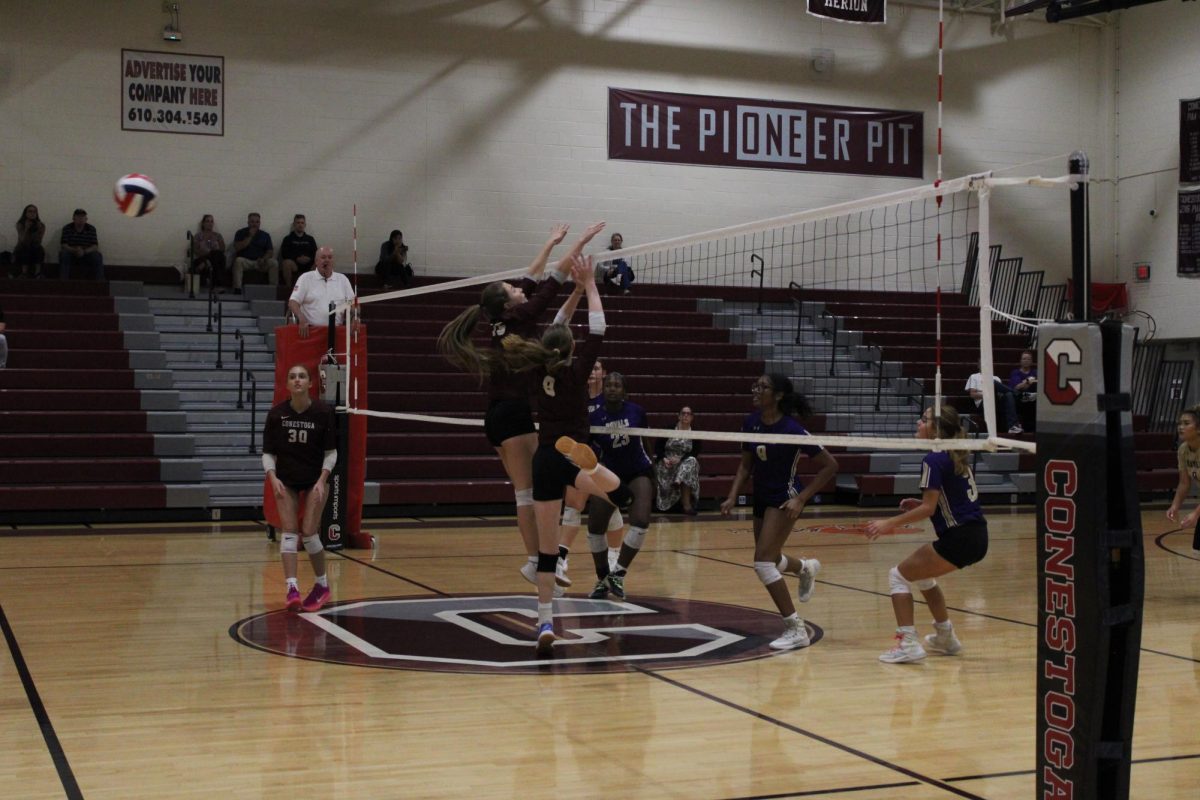By Howard Kim, Co-News Editor
On Aug. 28, the Tredyffrin Township Board of Supervisors approved Chapter 203 Woodland Conservation, a new municipal law to prevent residents and companies from removing large numbers of trees.
This regulation aimed to minimize the effects of increased flooding due to the loss of woodlands and serve as a potential solution to the township’s current struggles with stormwater management.
Under the law, residents are now required to apply for a Tree Removal Permit from the township if they wish to remove more than five trees over a rolling 12-month period that are greater than 6 inches in diameter 4.5 feet above where the tree emerges from the forest floor.
This legislation provides exceptions for certain cases of tree removal, such as that of diseased or hazardous trees.
“The biggest problem that Tredyffrin Township faces right now is stormwater management, and lately, this has been exacerbated by climate change,” said Kasi Bhaskar, Tredyffrin Township Supervisor and Environmental Advisory Council (EAC) Liaison. “It’s really because of the level of development we’ve had in our area in the last 50 years, and much of that has been without regard for stormwater management.”
In early June 2022, the Tredyffrin Township EAC first proposed the idea of the Woodland Conservation Ordinance. The idea received feedback from community members and the Board of Supervisors, and its final draft was published in July 2023 for public review. The board received a positive community response and approved the bill at its Aug. 28 meeting. It officially went into effect on Sept. 28.
Now, all residents and companies planning to remove more than five trees in a 12-month period must apply for a Tree Removal Permit. To do so, they must submit a plan that includes a list of the sizes and locations of all trees larger than the diameter limit, how many compensatory trees they will plant to replace the removed trees and where the compensatory trees will be planted. If caught violating the ordinance, the township will fine violators for each day they did, counting every day as a separate offense.
“Like most zoning violations, someone in the community, maybe a neighbor or someone driving by, will notice a violation and bring it to the attention of the township’s staff,” Bhaskar said.
These efforts intend to reduce tree removal, which is detrimental to stormwater management. Tree canopies slow rainwater, while the roots absorb rainwater and hold soil in place, reducing erosion. Tree roots also stabilize soil in inclined areas, preventing property damage in the long run.
“They are our biological stormwater infrastructure. More mature trees handle stormwater more effectively than smaller trees, and what other piece of infrastructure gets stronger five decades after it’s in the ground? There’s really nothing,” said Jonathan Wilson, EAC member and associate professor of Environmental Studies at Haverford College. “There’s a saying that I teach my students: The best time to plant a tree is 10 years ago; the second best time is today. The best time for the Woodland Conservation Ordinance may have been 10 years ago, but the second best time is today.”
Howard Kim can be reached at [email protected].






















































































